It's soon in the small pier of Te Anau Downs, little life troubles the place. A boat tied to the wooden wharf waits for the group of the day who goes to begin the Milford Sound track. Only 40 people daily start and we must book between 2 and 6 months before to be in the group. Fortunately my brother Christophe thought about it. ![]()
After half an hour on the lake, we get off the boat at Glade Wharf. A mere wooden pontoon. Each one of us dip his shoes into a chlorine liquid in order not to soil the earth of the park. The main threat is called Didymo, an out-of-control seaweed that invades lakes and rivers bed and stifle every kind of life. A picture in front of the entrance sign and we start this first day of trekking, a one-hour-and-a-half short stage. We slowly slide in this gree heaven. Swingbridge, walk in forest, river and stagnant waters. There's a good smell of undergowth's humus, a heavy moss carpets branches and trunks. No more things needed to open our hikers' appetite.
We arrive at the first hut, the Clinton Hut, where we make the group's acquaintance. A heterogeneous and international group.
Waiting impatiently for tomorrow.


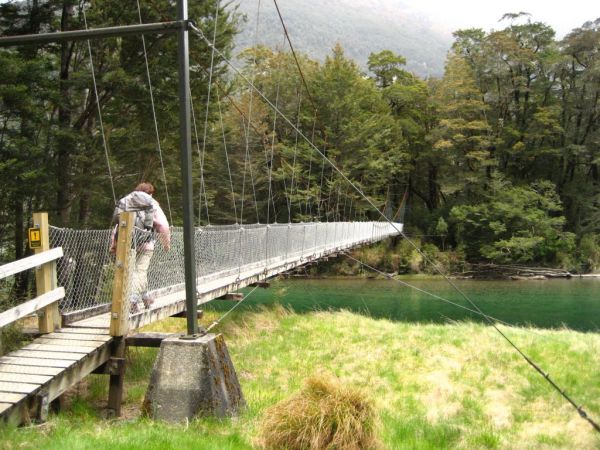
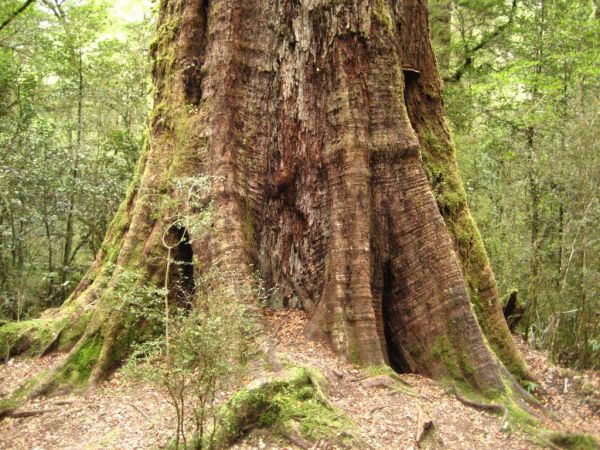

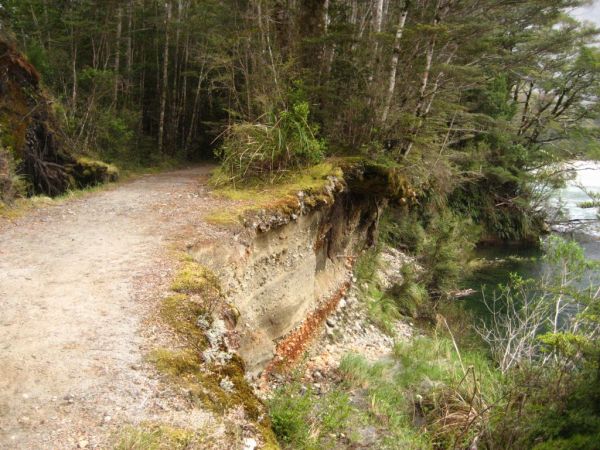


7h, the dorm wakes up. We pull on a pair of trousers, we buckle up the backpack to start again, to go and get lost in the emerald maze. The omnipresent moss clings to the rocks and to the earth, hangs from the upper branches of the scrubs. A green corridor breaks through the lush forest as a triumphant welcome to a small colony of lucky people. On the river banks, knotty vegetation-incrusted trunks draw a multicoloured jigsaw. The most beautiful city, monuments of the human genius, will never scratch the eternal beauty of the nature. Rotorua was a world of sulphur, arsenic and volcanic activity, Milford Sound Track is a world of harmony, greenery, land of expression for the nature which dresses up for our flying visit. Within this chromatic kaleidoscope, we are only a few free electrons revolving around the twists and turns of a place where fauna and flora live in symbiosis.
Second relaxing night at the Mintaro Hut.
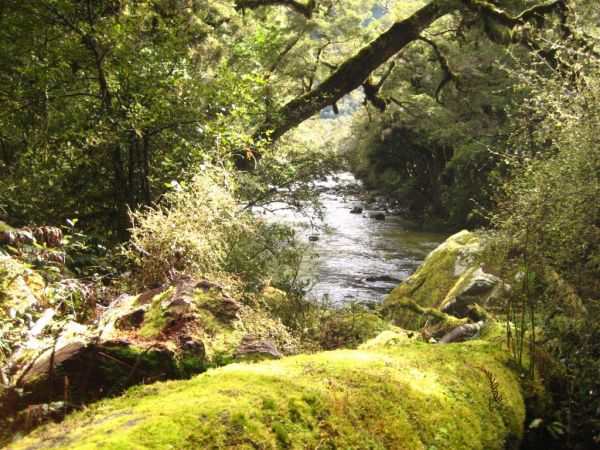

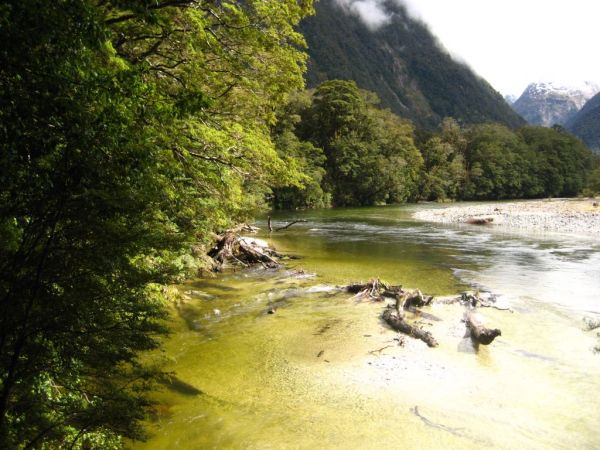
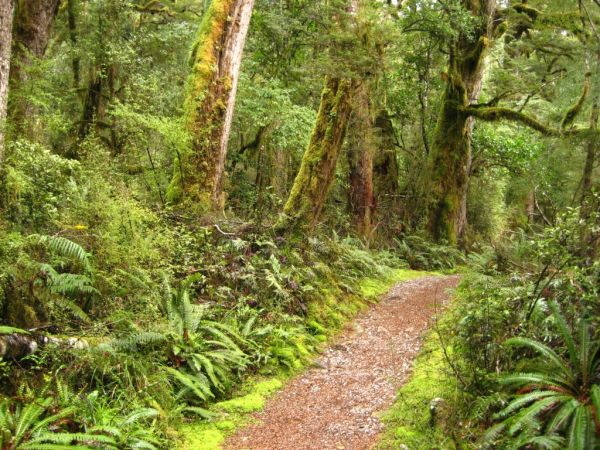
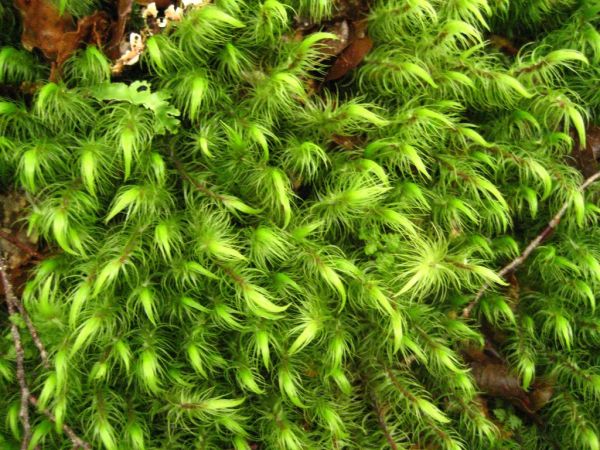
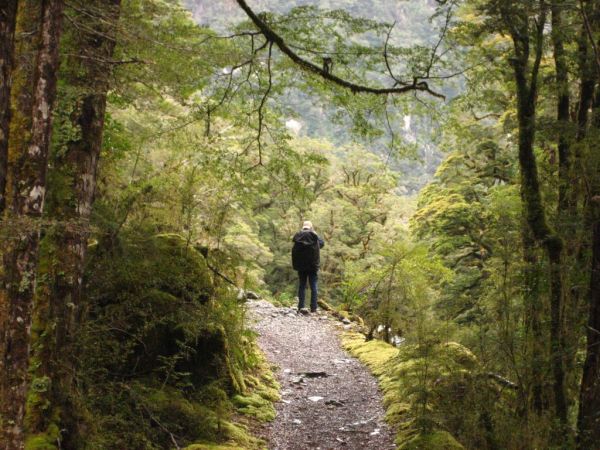

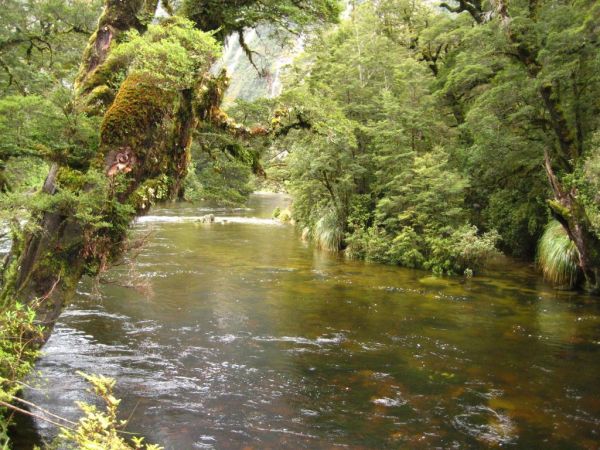
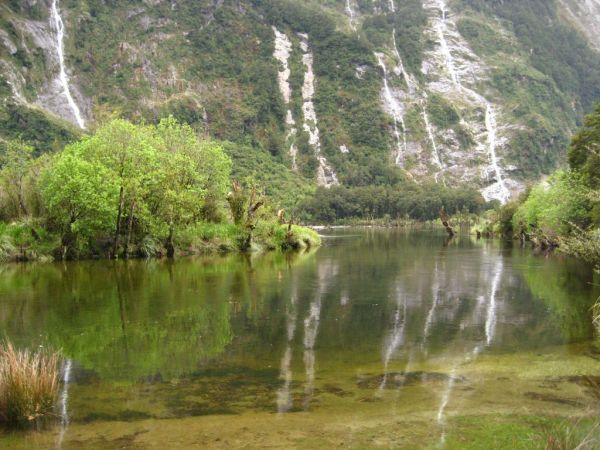
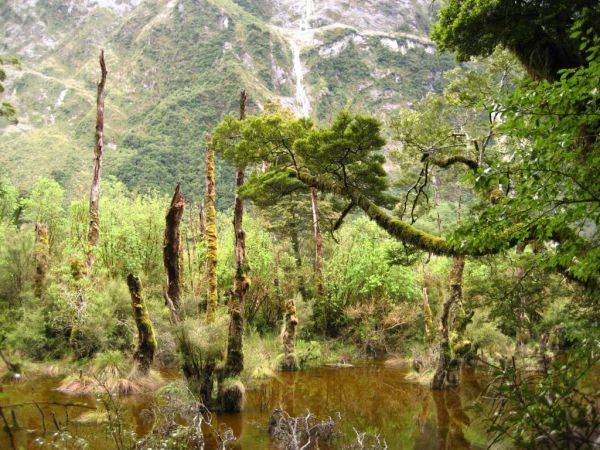
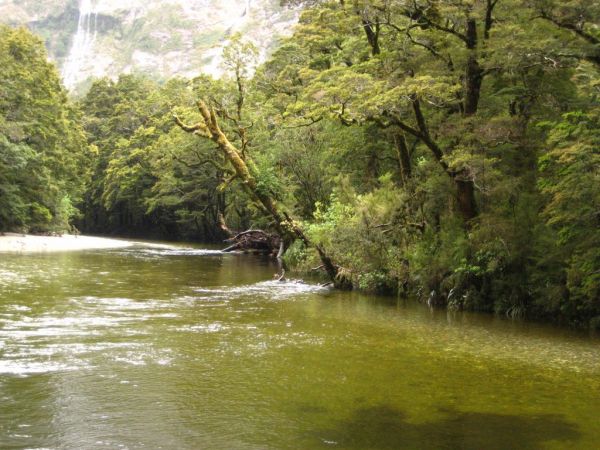
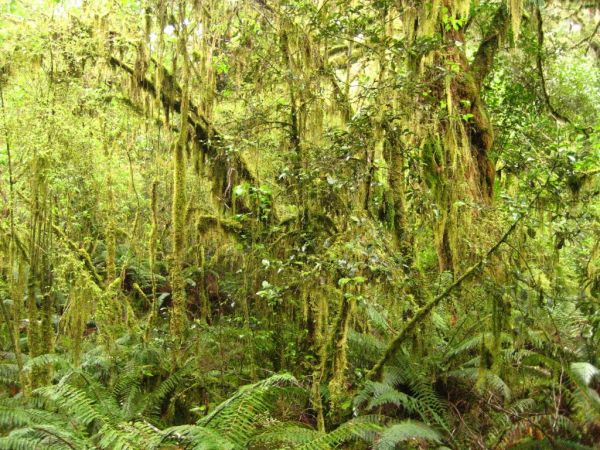
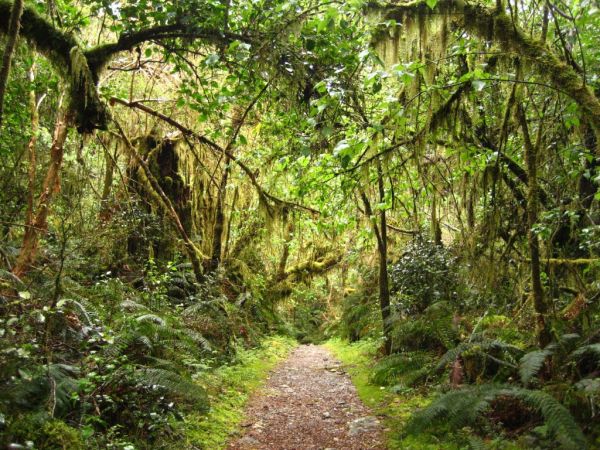


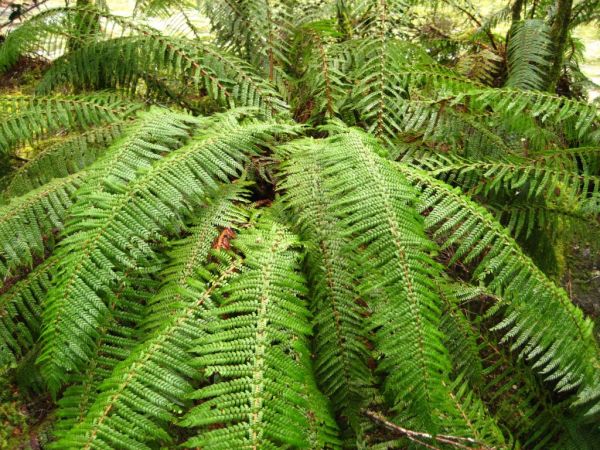
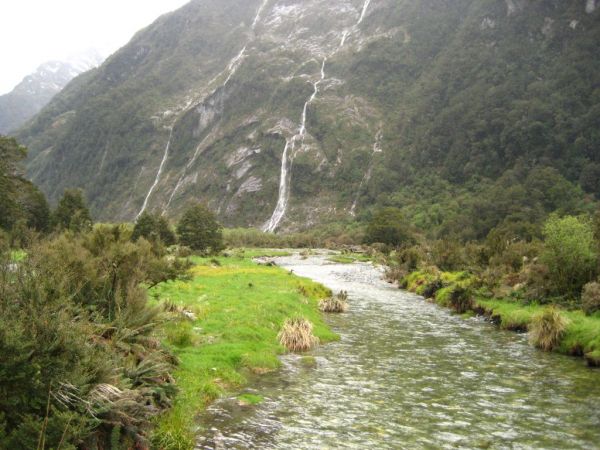

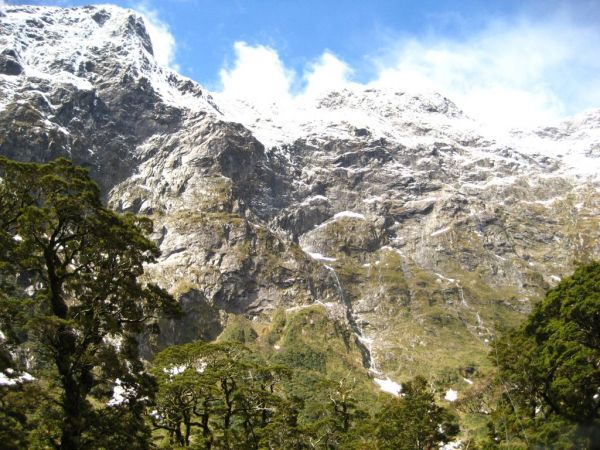
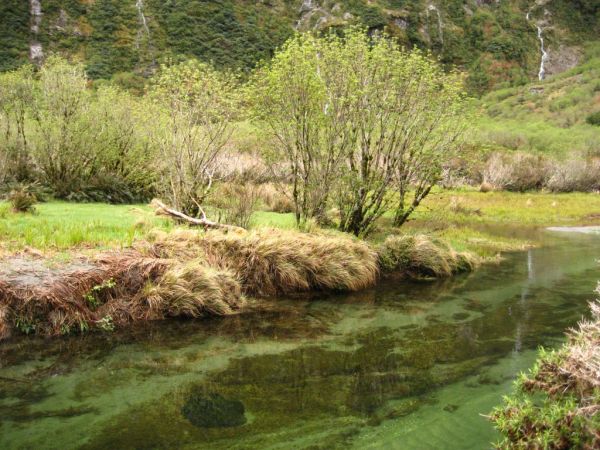
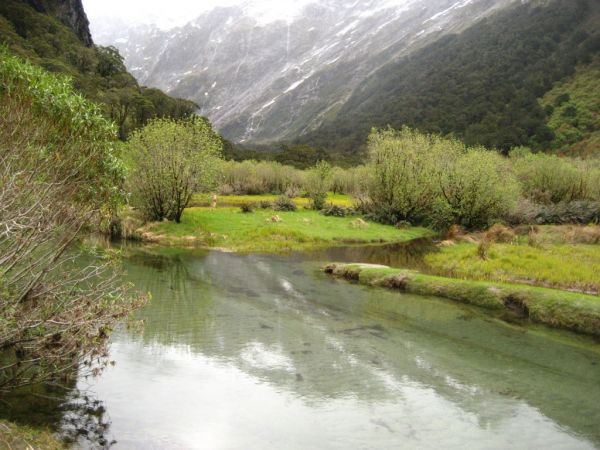

3rd day - we leave the corridor drilled through the impenetrable undergrowth to reach the top of a hill. The green carpet suddenly falls down to a desolate scenery, a rocky wave sprinkled with snowy patches. A dark and shiny patchwork streaked by a zigzag path. The effort is rewarded at the Mackinnon Pass. An emerald valley is behind us and another one reveals itself downstream. The mountain parrots, the Keas are there. They savour the strips of our backpacks and learn how to open them in order to nose around, looking for food. The cold lashes and dashes us up to start the descent. Flat and slippery stones, gleamed by a thin layer of spring water, strew the course. As for the first valley, the transition is brutal and the moss-wrapped knotty branches draw a triumphant entrance. We walk along a stream which chose the waterfall as means of expression. A leitmotiv that fascinates us. In our heads, musical notes resonate and and drive us intoxicated. The "water" element establishes itself in this section and blossoms into the powerful Sutherland waterfall that gushes down from the 580-meter-overhead cliff. A bath of sprays. A shower of visual and ringing feelings.
A last hour of walking to reach the Dumpling Hut. Last night on this magical path a poetess of the early century described as the finest trek in the world. And the qualifier never became tarnished.
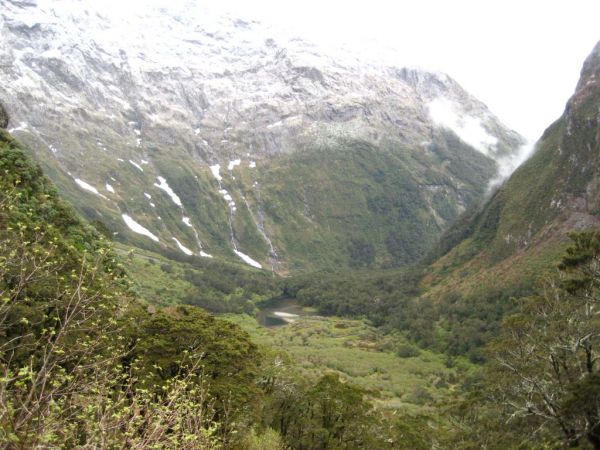
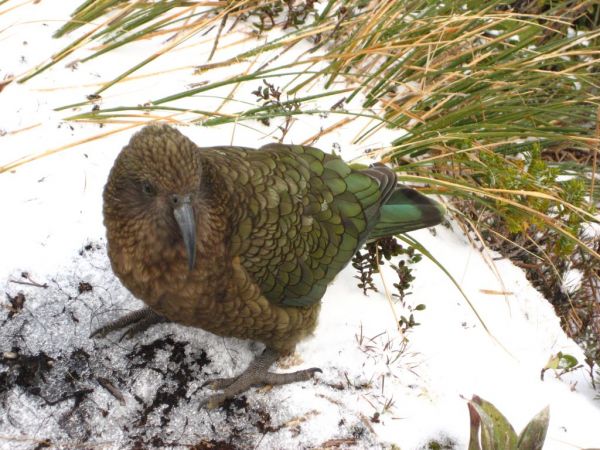
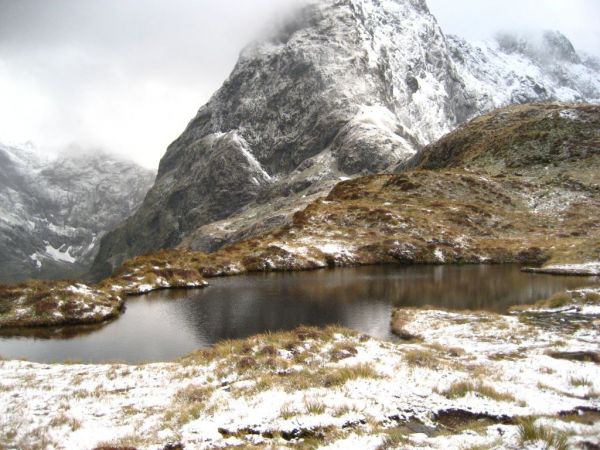



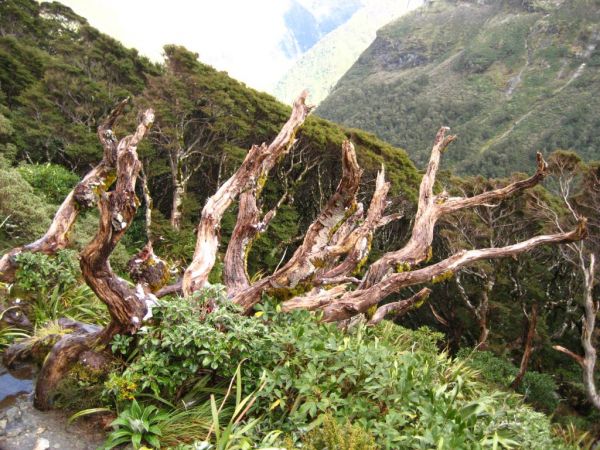
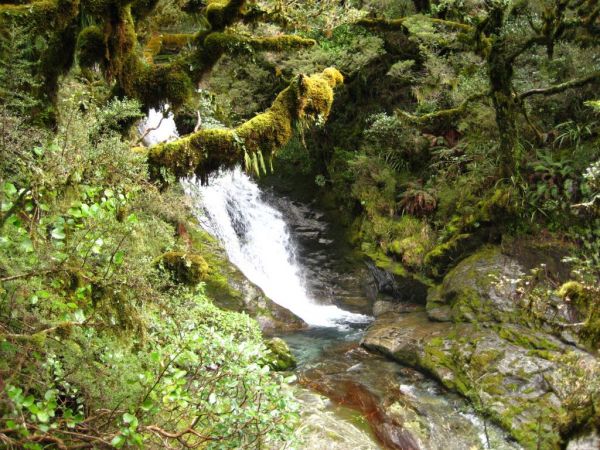
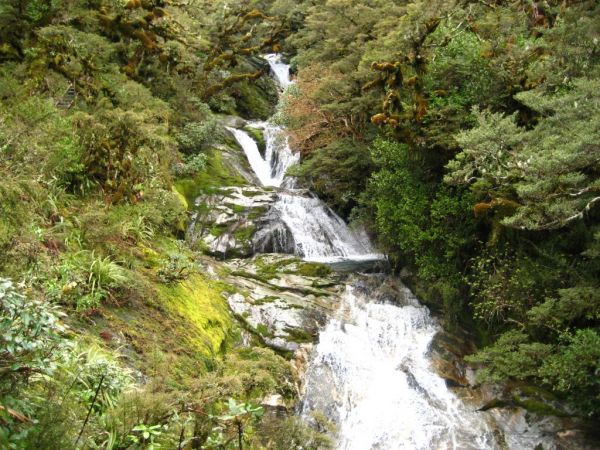


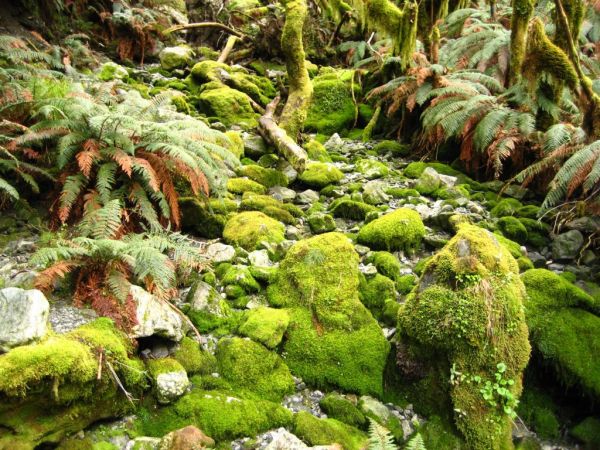
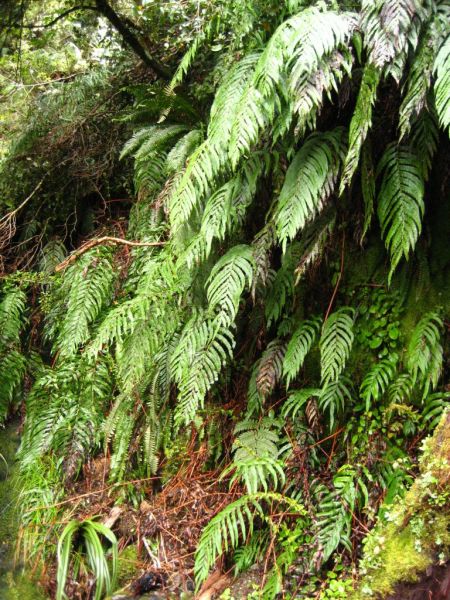




Last day of trekking after a short night. The bodies are tired for some of us. And the walls of the dorm trembled due to the snores of the most agitated sleepers.
Backpack on the shoulders, our eyes keep on analysing the colours, our nostrils examine the olfactory surroundings and our ears make the vigilance pay attention to the slightest branch creaking. Each new step gets us nearer to the Sandfly Point. Bye-bye pristine waterfalls, twisted shrubs, silky mosses and smooth path.
Because there are terrestrial heavens which can only be visited on foot. Because there are still chunks of lands where the trees grow up without fearing the axe. Some droplets, a few chips of wood, a little bit of moss and Mother Earth will make you a fabulous garden.
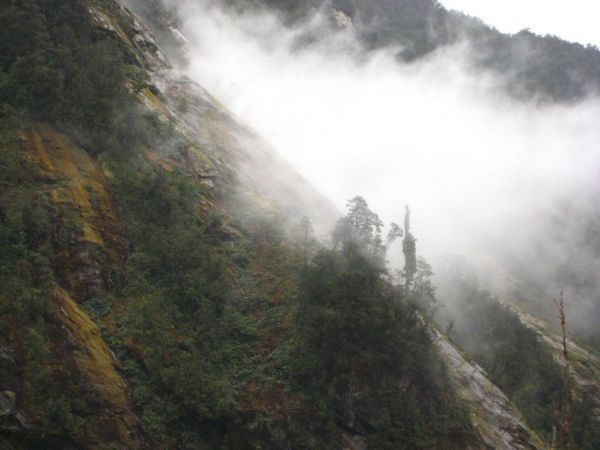
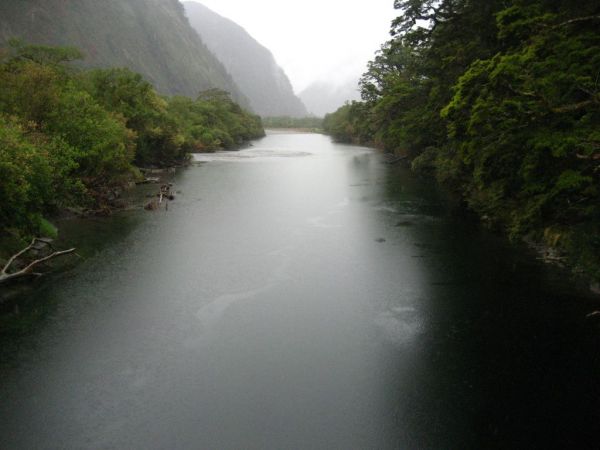
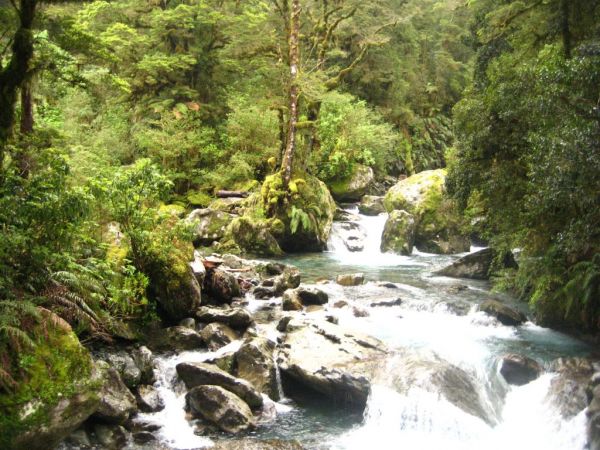
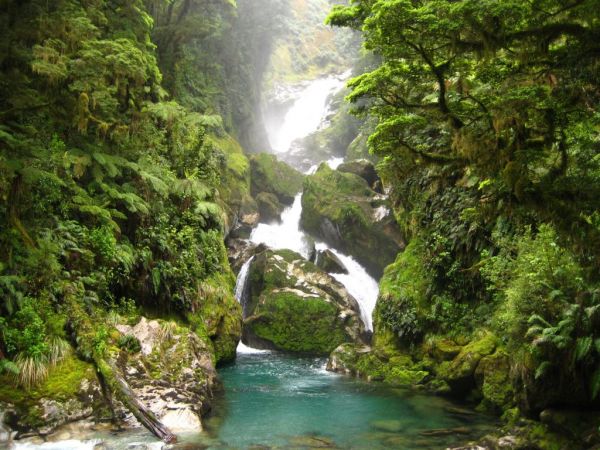
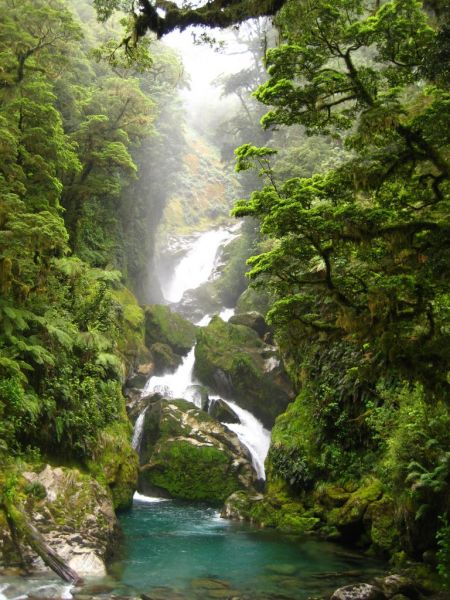
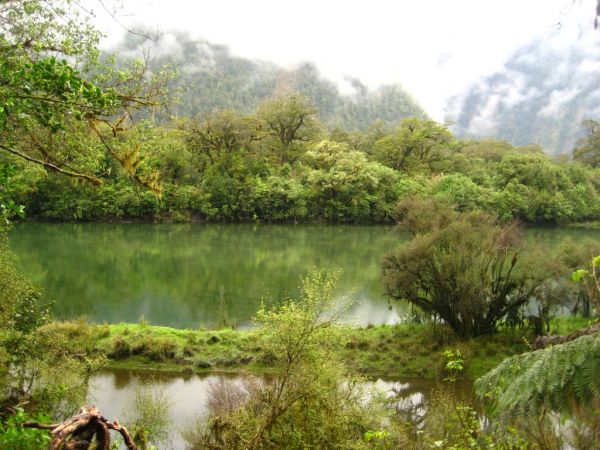

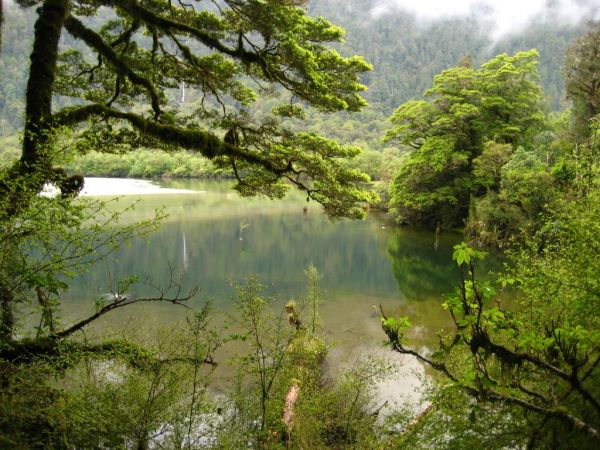
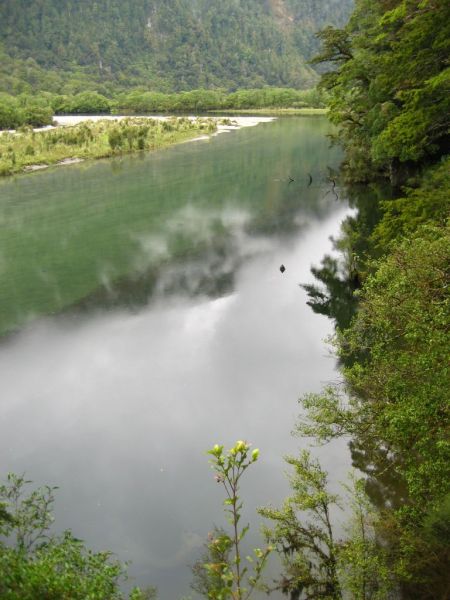
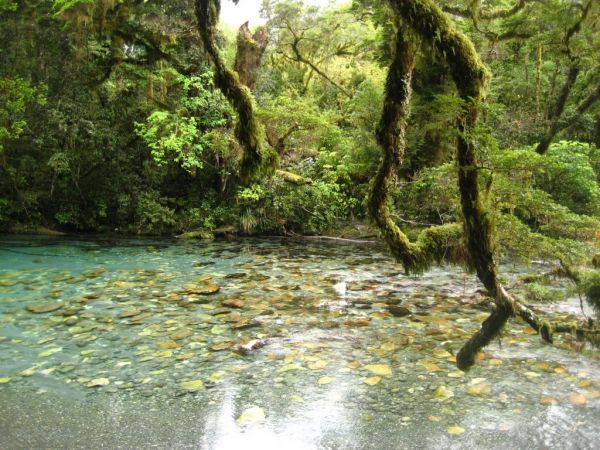
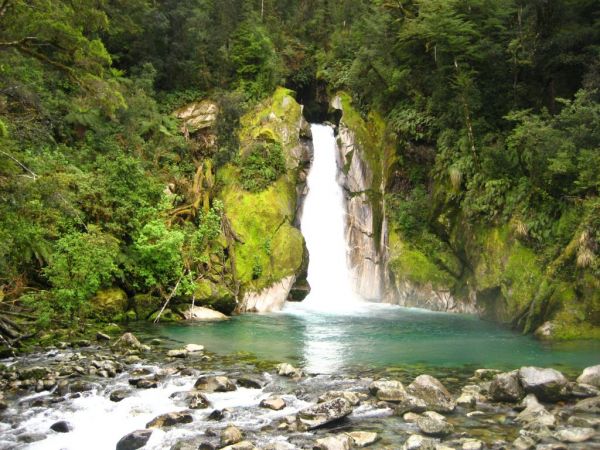

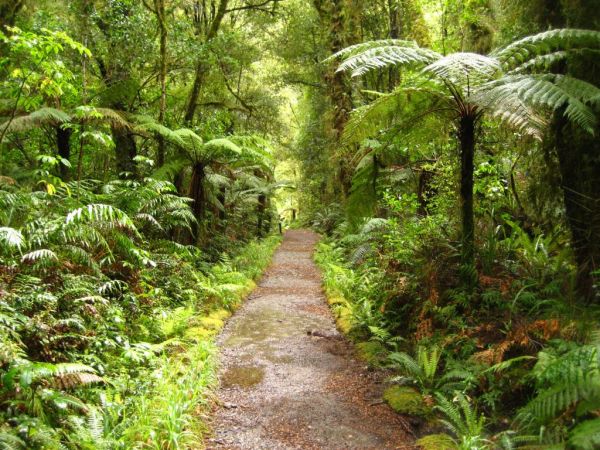
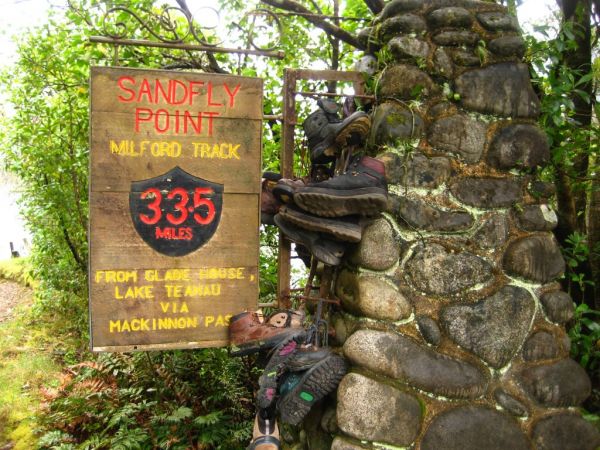
In the beginning of the afternoon, we hop on a boat that moves us away from the path to lead us to the Milford Sound village. The wharves come out into a large hall like a Parisian train station. We meet again the flocks of tourists who come here to enjoy the ladscapes of the Milford Sound. We follow them and sit down on board in one of the big boats which lean against the quays. The cruise makes us discover the mouth of the fjord. A myriad of narrow waterfalls flow down the cliffs. Immense jagged-outlined cliffs. On the banks, we look for the crested penguins, a kind of rastafarian penguins with yellow and long eyebrows which gesticulate on the rocks after a fishing session into the waters of the fjord.
This cruise finishes an unforgetable time of our New Zealand adventure. A heap of photos, a mixture of feelings, a set of bewildering landscapes and such a few words to describe them...



Keyword - chromatic vertigo -
Thursday 15 November 2007
Emerald paradise on the Milford Sound track
By dorian on Thursday 15 November 2007, 02:16 - RTW-New Zealand
Thursday 8 November 2007
The forgotten beaches of Abel Tasman park
By dorian on Thursday 8 November 2007, 19:10 - RTW-New Zealand
A fun way of moving was developped at the entrance of the Abel Tasman national park. In order to reach different areas in the park, there are the aqua-taxis. We hop on one of them, the drive changes into a tractor's user for some minutes et leads us to the water access. He unties the boat and meet us again on board.
The journey is punctuated with explanations on the park and its animals. Dolphins and blue penguins swim around the boat while seals lounge about on wet rocks. How could it be better to start ? Our looks run along the numerous deserted beaches which dot the coast and promise some great hours of walk.
2 hours by boat and here we are at Totaranui where we load our bags and begin the trek. The path is perfectly marked-out and offers incredible vistas on these ochre-sanded beaches swept by an endemic-blue sea.


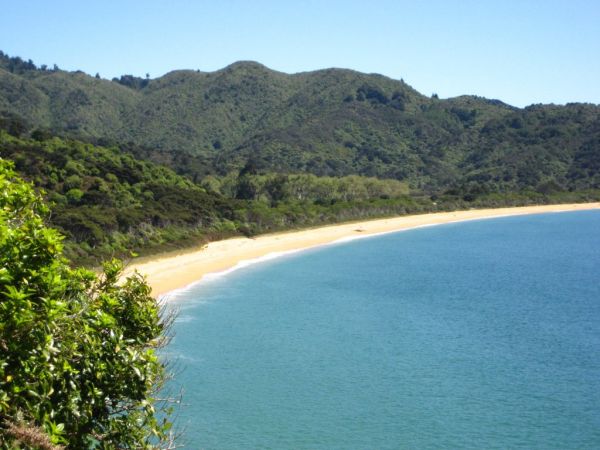















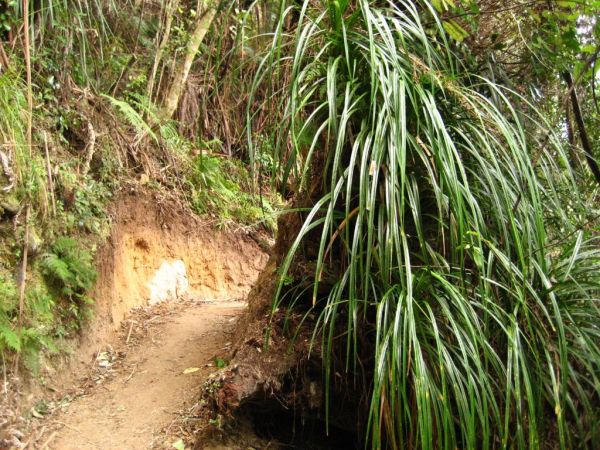


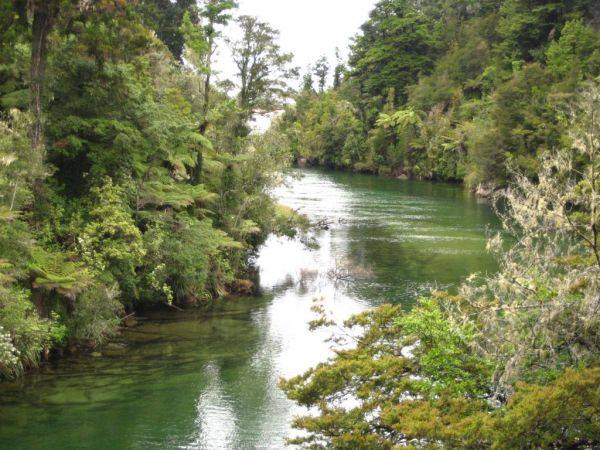











We leave the path to walk on a beach before dipping again into the maze of the welcoming nature. The scrubby ferns overlook us while the crescent-shaped beaches wander within the depths of the coastal path. A lot of visitors prefered the kayak as a way of discovery. As for us, we must wait for the low tide to carry on our trip. Everyone takes off his shoes, and carrying them in the hand, we cross this bit of wet sand the ocean offers us for a few hours before taking back possession of its land. The path isn't difficult, however we take a large number of breaks - mainly when the path fades into a pristine, beautiful beach.
We put up the tent in a reserved campsite. The tide begins to rise and changes our resting area into an isolated peninsula that only a few birds and the faraway waves surround with a soft melody.
The next day in the morning, the rucksacks packed up, we start again rubbing our soles into these idyllic scenery. The time slides and the pictures impregnate our mind. A genuine kindness. Maybe, we'll never come back here and we enjoy these moments as if they were unique. And, if we had to live them again, we'd tell us the same things but this time we'd swap our shoes for a pair of paddles and a kayak.









Thursday 25 October 2007
Paradisiac beaches on the Koh Phi Phi island
By dorian on Thursday 25 October 2007, 22:35 - RTW-Thailand
Steep rocky walls that a green and lush nature trickles over. Strips of sand gnaw the rock to form superb bays. The island of Koh Phi phi is actully composed of 2 islands : Phi Phi Don and Phi Phi Leh.
Phi Phi Don is characterized by 2 crescents of sand linking the two headlands of the island which shape a big "X" within the blue immensity. As for Phi Phi Leh, it's a protected area and it's impossible to stay and sleep on. It harbours some grottoes swallows get in to build their nest, a nest they make with their saliva. Climbing bamboo ladders, a few life-risking villagers go to pick them. These nests are famous for their aphrodisiac powers and are an ingredient of Chinese soups. At 2500 euros a kilo, these nests are considered as national treasure and the grottoes entrances are guarded. Phi Phi Leh is also famous to be the scenery of the movie "the beach" and full of scuba diving and snorkelling spots dot the coastline.





























The sea bed gives the gorgeous beaches their cue. Funnel-shaped corals and red gorgones spread out and extend the rock while anemones and giant clams attempt to cling to. Seaweeds and mosses struggle to occupy the last free parcels of rock. Soft corals dance according to the currents and hide throngs of angel- and butterfly-fish. Close to the surface, the trumpet-fish wanders about alone while near the bottom, the struggle is fierce for some crumbs of corals.
The parrot-fish shatters the coral and the clown-fish frantically swims among the anemones. Within the chinks of the rock, porcupine- and box-fish clumsily move about. Turtles, black-tip sharks and lion-fish complete this submarine watercolour.
Everyday, the same ritual which turns into a deep pleasure : fixing the mask and going underwater to discover the submarine kingdom. An intoxicating kingdom we fall in love a little bit more after each dive.



















































































« previous entries - page 6 of 12 - next entries »



